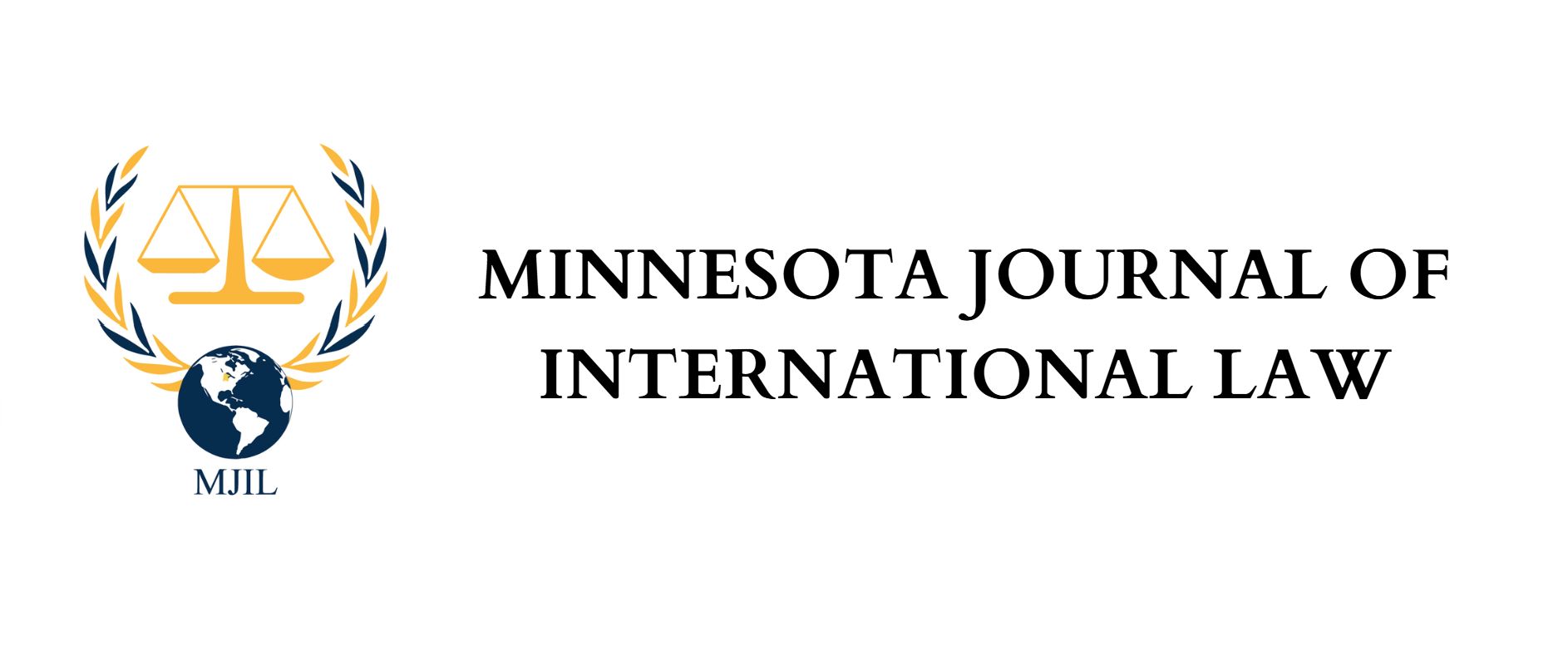By Michael Duchesne
On May 19, 1988, Guatemala signed the International Covenant on Economic, Social, and Cultural Rights (“the Covenant”)[1] and thereby undertook the duty to respect, protect, and fulfill the rights guaranteed by the treaty.[2] Article 11 of the Covenant recognizes the right of all citizens to “adequate food” and to be “free from hunger.” Article 2 requires member States to “take steps” to progressively realize the Covenant rights according to it their maximum available resources.[3] More recently, Guatemala, along with all United Nations member States, adopted the 2030 Agenda for Sustainable Development in 2015, which includes as its second goal: “End hunger, achieve food security and improved nutrition and promote sustainable agriculture.”[4] Guatemala later adopted this agenda at the national level, in the form of the “K’atun: Our Guatemala 2032” plan, thereby recommitting to its obligations under the Covenant.[5]
The question is, how is Guatemala living up to these commitments under international law? The short answer: unfortunately, not so well.
Guatemala has one of the worst rates of malnutrition in Central America.[6] It also has one of the highest child stunting rates in the world, at a national average of nearly 47 percent.[7] To put this in perspective, the average rate of child stunting in Latin American and Caribbean countries is much lower, at approximately 11 percent in 2020.[8] The figures are far worse in some parts of Guatemala, with child stunting rates reaching a shocking 90 percent in certain areas.[9]
Acute malnutrition levels in children under five years old have nearly doubled in Guatemala from 2019 to 2020, according to government data.[10] This is evidently a large step in the wrong direction for a country with one of the highest rates of chronic malnutrition worldwide.[11] These unfortunate statistics are a sign that Guatemala is struggling to fulfill its commitment to end hunger by 2030, along with its obligations under the Covenant.
In 2012, the president of Guatemala, Otto Pérez Molina, introduced the “Zero Hunger” Plan, which included a commitment to reduce child malnutrition by 10 percent by 2015.[12] This ambitious plan had some positive effects, but the chronic malnutrition rate for children under five only decreased from 49.8 percent in 2008-2009 to 46.5 percent in 2014-2015, which is approximately where it stands today.[13] The stagnant nature of these statistics is troubling, especially given the fact that this figure has not changed significantly since the adoption of the 2030 Agenda for Sustainable Development.
In light of these facts, the government of Guatemala is facing an up-hill battle to achieve its goal of ending hunger by 2030. Beyond continuing to partner with non-profit organizations and other States, there are several practical steps that the government of Guatemala could take. In a recent report, Michael Fakhri, U.N. Special Rapporteur on the Right to Food, outlined several urgent recommendations for states seeking to combat hunger, which include:
- “[E]nsure that all children receive free meals at school during the entire calendar year.”
- “Invest in enhanced territorial markets infrastructure at the local, national, and regional levels.”
- “Scrutinize policies that unjustifiably privilege formal retail food outlets over more informal markets. . . .”
- “Strengthen international multilateral forums such as the Committee on World Food Security. . . .”
- “[L]imit the growing corporate concentration and power in food systems. . ..”[14]
Whether Guatemala can accomplish its goal to end hunger by 2030 remains to be seen. However, implementing the above recommendations may prove at least to be a step in the right direction.[15]
[1] U.N. Hum. Rts. Off. High Comm’r, U.N. Human Rights Treaty Bodies, https://tbinternet.ohchr.org/_layouts/15/TreatyBodyExternal/Treaty.aspx?Treaty=CESCR&Lang=en (last visited Mar. 2, 2022); International Covenant on Economic, Social and Cultural Rights, Dec. 16, 1966, 993 U.N.T.S. 3, [hereinafter ICESCR].
[2] See Center for Economic and Social Rights & Asia Pacific Forum of National Human Rights Institutions, Defending Dignity: A Manual for National Human Rights Institutions on Monitoring Economic, Social and Cultural Rights, 19 (Jan. 2015) (“It is widely recognized that the ICESCR imposes three levels of obligations on States: to respect, to protect, and to fulfill.”).
[3] ICESCR art. 2.
[4] U.N. Dep’t Econ. & Soc. Affs., Transforming our world: the 2030 Agenda for Sustainable Development, https://sdgs.un.org/2030agenda (last visited Mar. 2, 2022).
[5] Consejo Nacional de Desarrollo Urbano y Rural (Guatemala), Plan Nacional de Desarrollo K’atun: Nuestra Guatemala 2032 (2014), https://siteal.iiep.unesco.org/sites/default/files/sit_accion_files/siteal_guatemala_0755.pdf.
[6] Our World in Data, Global Hunger Index, https://ourworldindata.org/grapher/global-hunger-index (last visited Mar. 2, 2022) (Guatemala has an index score of 19.6. “The index score comprises of four key hunger indicators: prevalence of undernourishment; childhood wasting; childhood stunting; and child mortality. It is measured on a 100-point scale where 0 is the best score (no hunger) and 100 the worst.”).
[7] World Food Programme, Guatemala, https://www.wfp.org/countries/guatemala (last visited Mar. 3, 2022).
[8] UNICEF, Malnutrition, https://data.unicef.org/topic/nutrition/malnutrition/ (UNICEF estimates that the global prevalence of stunting affecting children under five is approximately 22 percent).
[9] World Food Programme, Guatemala, https://www.wfp.org/countries/guatemala (last visited Mar. 3, 2022).
[10] See How COVID-19 and climate shocks are hurting children’s health in Guatemala, The New Humanitarian (July 15, 2021), https://www.thenewhumanitarian.org/news-feature/2021/7/15/how-covid-19-and-climate-shocks-are-hurting-childrens-health-in-guatemala.
[11] See Int’l Relief Teams, Fighting Malnutrition in Guatemala, https://www.irteams.org/project/fighting-malnutrition-in-guatemala (last visited Mar. 2, 2022).
[12] Government of Guatemala, Plan for the Zero Hunger Pact, 10 (2012), http://www.sesan.gob.gt/wordpress/wp-content/uploads/2017/03/Plan-del-Pacto-Ingles-soft.pdf.
[13] Glob. Nutrition Rep., Guatemala, https://globalnutritionreport.org/resources/nutrition-growth-commitment-tracking/guatemala/ (last visited Mar. 3, 2022).
[14] Michael Fakhri (Special Rapporteur on the Right to Food), Interim Report, para. 93, U.N. Doc. A/76/237 (July 27, 2021).
[15] On a hopeful note, some of Guatemala’s initiatives in the past few years already align with Michael Fakhri’s recommendations. For example, the School Meals Act, promulgated in 2017, provides free meals for many Guatemalan primary and pre-primary students, and also requires at least half of the food purchased for this program to come from “local family farmers.” U.N. Food & Agric. Org., Guatemala’s school-feeding law prioritizes child nutrition and family farming (Jan. 18, 2018), https://www.fao.org/guatemala/noticias/detail-events/en/c/1103375/.
